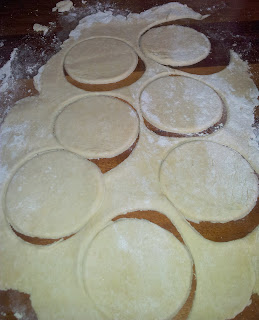'A concept artist is an individual who generates a visual design for an item, character, or area that does not yet exist.'
Here's another layer of me and my artwork. I'm really very blessed to have come from such an artistic family. My great-grandfather was a superb artist and hand-painted the backdrops for the Theatre Royal, Dublin
I also have two extremely talented and successful cousins who are both concept artists and have worked on films such as
: - I ROBOT, WATCHMEN, HULK, 2012, KING KONG, DISTRICT 9 and many, many more.
Check out these websites for more information:
Warren Flanagan http://www.imdb.com/name/nm1441367/
Paul Flanagan http://www.imdb.com/name/nm1498321/
My following sketches and final illustration are of a fantastic gift from the sea - CORAL.
Doctors Trying Coral for Skeletal Repairs
"FULL fathom five thy father lies; Of his bones are coral made . . ." Shakespeare's whimsical notion of a skeleton replaced by reef is turning to reality as doctors are discovering that treated coral seems a near-perfect substitute for bone in reconstructive surgery.
"Bone made from coral makes an excellent replacement," said Dr. Phillip Spiegel, professor of orthopedics at the University of South Florida Medical Center in Tampa, who is using coral in the operating room to repair fractures that need to be bridged with a graft. "I think it is going to become very popular." Plastic surgeons have also used the bone substitute in facial reconstruction, to replace jaws destroyed by cancer, for example.
The doctors have turned to coral because it is "uniquely compatible" with bone, Dr. Spiegel said, and once fixed in place it melds almost seamlessly with the human skeleton.
"Certain species of coral have almost an identical physical configuration to bone, with numerous channels that are interconnected," said Dr. Timothy Miller, a plastic surgeon at the University of California at Los Angeles Medical Center, who is using the bone substitute in preliminary research. "In our studies, it looks promising. It looks great."
Because the porous coral contains a maze of channels, native bone adjacent to the coral prosthesis sends spicules and blood vessel into the graft, producing a firm permanent seal between the skeleton and the coral. Over time, the coral prosthesis is so permeated with the encroaching bone that, although the coral is dead, the replaced segment of bone is more or less alive.
When Dr. Spiegel sampled bone from areas reconstructed with implants 18 months after reconstructive surgery he found that the coral material accounted for only about a third of the bone volume.
Traditionally, surgeons doing reconstructive surgery borrowed bone from elsewhere in the patient's body, generally from the outer layer of the skull, the ribs or the hip.
But surgeons can only borrow limited quantities, and the need to gather bone requires new incisions which in almost 10 percent of patients lead to complications, like infection and pain. "After we take bone from the hip, patients often can't walk well for days or weeks," Dr. Miller said.
Also, he adds, "If you're trying to correct major congenital abnormalities, you really need more bone than you can gather from all three places, anyway." Risks From Cadavers
All illustrations are by LORRAINE RIMMER B.A.Hons


















